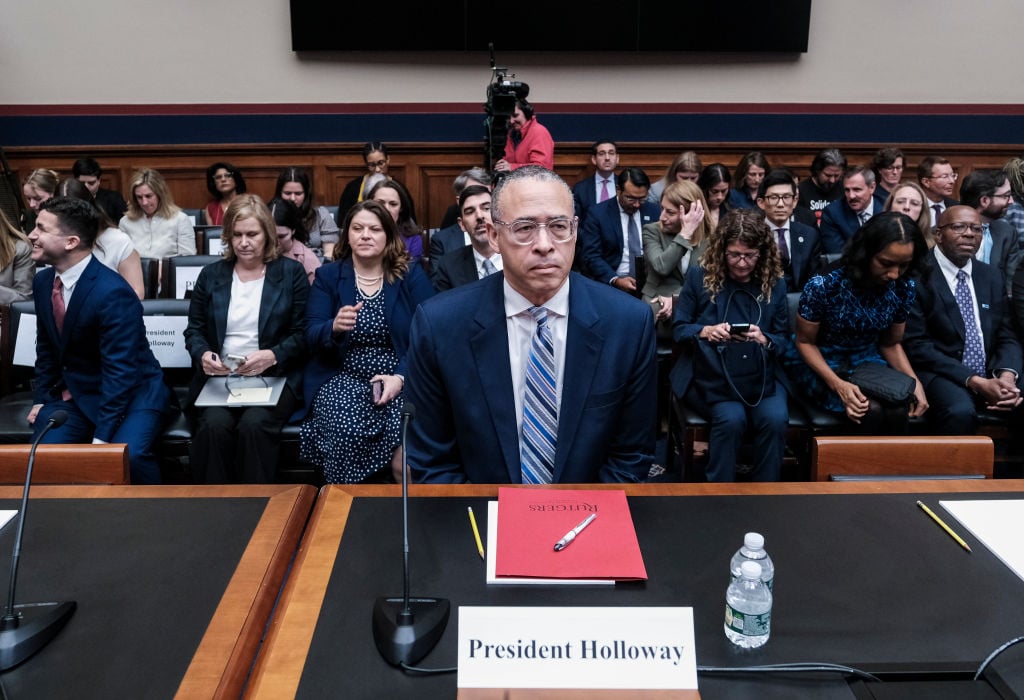Thomas Carlyle popularized in the 19th century the Great Man Theory of History and, following on its precepts, we begin today a series of five articles on another of those super oncologists who have dramatically changed the way in which we practice cancer medicine. Charles Moertel was born in 1927 in Milwaukee and graduated from medical school at the University of Illinois in Chicago in 1953. He ultimately went to the Mayo Clinic in Minnesota where he spent the remainder of his career.
Moertel was by nature an extremely cautious researcher—he took nothing for granted, was highly skeptical of claims by others and, as we shall see, delighted in debunking unproven treatments. He and his group specialized in cancers of the gastrointestinal tract—colorectum, pancreas, stomach. In 1977, Moertel led the founding of the North Central Cancer Treatment Group (NCCTG), a consortium of hospitals and oncologists throughout the Midwestern U.S. formed to collaborate in the conduct of clinical trials.
This week, we focus on what I consider his most important contribution, the establishment of the utility and benefit of adjuvant therapy for colon cancer. Historically, the only drug that had shown efficacy for colon cancer was 5-fluorouracil (5FU), which dated back to the 1950s. As its name implies, it is derived from one of the four nucleic acid bases with a fluoride atom attached. It is widely used for colorectal cancer as well as other malignancies and thus it may sound odd, but it is not entirely clear how it precisely acts against cancer. Most likely it is taken up into the nucleus and interferes with DNA replication and RNA transcription in various ways. In the 1960s and 1970s, it was the only drug for advanced colorectal cancer, but was only borderline effective, perhaps increasing survival by two to three months at best, and had no efficacy as adjuvant therapy (the prevention of recurrence after surgery for localized disease).
That brings us to the drug levamisole. It was developed in the early 1960s by the Janssen Corporation as a veterinary drug—levamisole was a terrific anthelmintic agent, effective against worms and parasites in animals. It was soon being distributed worldwide, prescribed on a daily basis to pigs, sheep and cattle—it prevented trichinosis as well.
Paul Janssen, the brilliant head of the company, began to hear reports that the animals receiving this drug were also getting fewer other illnesses, such as chlamydia and pneumonia, and he began to suspect that levamisole may be an immunostimulant. He had the idea of testing it for that in humans against rheumatoid arthritis, multiple sclerosis, and, yes, cancer. These efforts began around 1972, but the bureaucratic demands for its use in humans were overwhelming, and so the studies were small and disorganized. Some showed positive effects, but others were negative.
In 1978, Moertel was at a conference where he heard a presentation by a Belgian researcher describing 60 patients with stage III colon cancer, of whom 30 had received levamisole and 30 placebo following surgery, and the levamisole group did better. He was skeptical of the results—the study was not randomized and so could have been biased—but he had just recently formed his NCCTG group and believed that this could be a good first trial to set up the group’s procedures. Levamisole alone was not very impressive, so Moertel decided that he would test levamisole in conjunction with 5FU.
His initial study was a small trial in which 401 patients with resected stage II or III colon cancer were randomized to levamisole alone, levamisole with 5FU, or neither. After three years, only the stage III group showed benefit and only from the combined treatment. As a result, the NCCTG went on to a larger-scale trial in which 1,296 patients with resected stage II or III colon cancer were again randomized to levamisole alone for one year, levamisole with 5FU, or placebo. After three years of follow-up, this study, published in 1990 in the New England Journal of Medicine, showed that for patients with stage III disease the risk of recurrence was reduced by 41% by the combination of 5FU and levamisole; levamisole alone had no benefit; and the results for stage II disease were equivocal.
This study was the basis for the establishment of adjuvant therapy for colon cancer, though later studies have led to evolution in the chemotherapy regimens we use for this purpose; we no longer utilize levamisole, though 5FU remains the backbone of colorectal adjuvant therapy.
One major disappointment to Moertel was the behavior of the drug company with regard to pricing. He had been assured that, in return for his assistance, they would keep the price reasonable. Instead, the price of a levamisole pill, which was selling for $0.06 for pigs, was pegged at $6 for humans. The story was widely circulated of Annie Rhymes, a 77-year-old woman with colon cancer in Rockport, Illinois, who went to a pharmacy to fill a prescription for levamisole and was asked for $200. Apparently Moertel approved when she went down the road to the Farm & Fleet store and bought a bottle of levamisole intended for sheep—the cost was $6.39.
Alfred I. Neugut, MD, PhD, is a medical oncologist and cancer epidemiologist at Columbia University Irving Medical Center/New York Presbyterian and Mailman School of Public Health in New York. Email: [email protected].
This article is for educational purposes only and is not intended to be a substitute for professional medical advice, diagnosis, or treatment, and does not constitute medical or other professional advice. Always seek the advice of your qualified health provider with any questions you may have regarding a medical condition or treatment.











